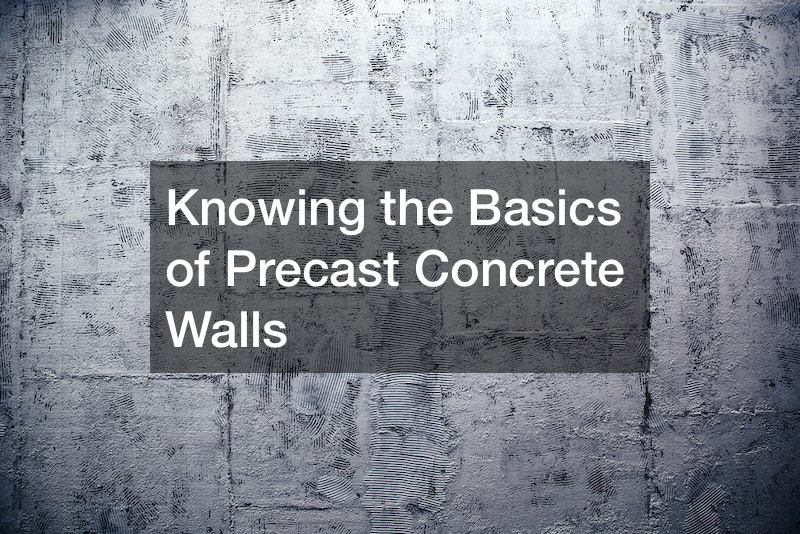
Precast concrete walls stand out as a multifaceted solution, seamlessly blending structural strength with architectural finesse. Offering both design freedom and durability, these walls serve as a testament to innovation in construction.
One of the key benefits lies in the efficiency of construction. Precast elements, crafted offsite, sidestep the delays caused by weather constraints. Upon arrival, they can be swiftly assembled, accelerating the construction process significantly. The inherent thermal and acoustic properties of precast concrete walls contribute not only to structural stability but also to enhanced energy efficiency and sound insulation.
Challenges and Considerations in Using Precast Concrete Walls
Despite their advantages, the use of precast concrete walls demands careful consideration of design intricacies. Merging the complexities of steel design with concrete behavior requires meticulous detailing and connection design to ensure structural integrity.
Addressing joints between precast elements emerges as a critical concern. Adequate grouting, waterproofing measures, and a thorough assessment of potential local stresses become paramount. The drawbacks include the possibility of locked-in stresses during the curing process, emphasizing the need to account for differential shrinkage when pouring additional concrete.
As construction industries grapple with the challenge of reducing embodied carbon, precast concrete walls emerge as a sustainable choice. The importance of understanding the basics of these walls becomes evident, ensuring that their benefits are harnessed effectively while navigating potential challenges in construction endeavors.
.

